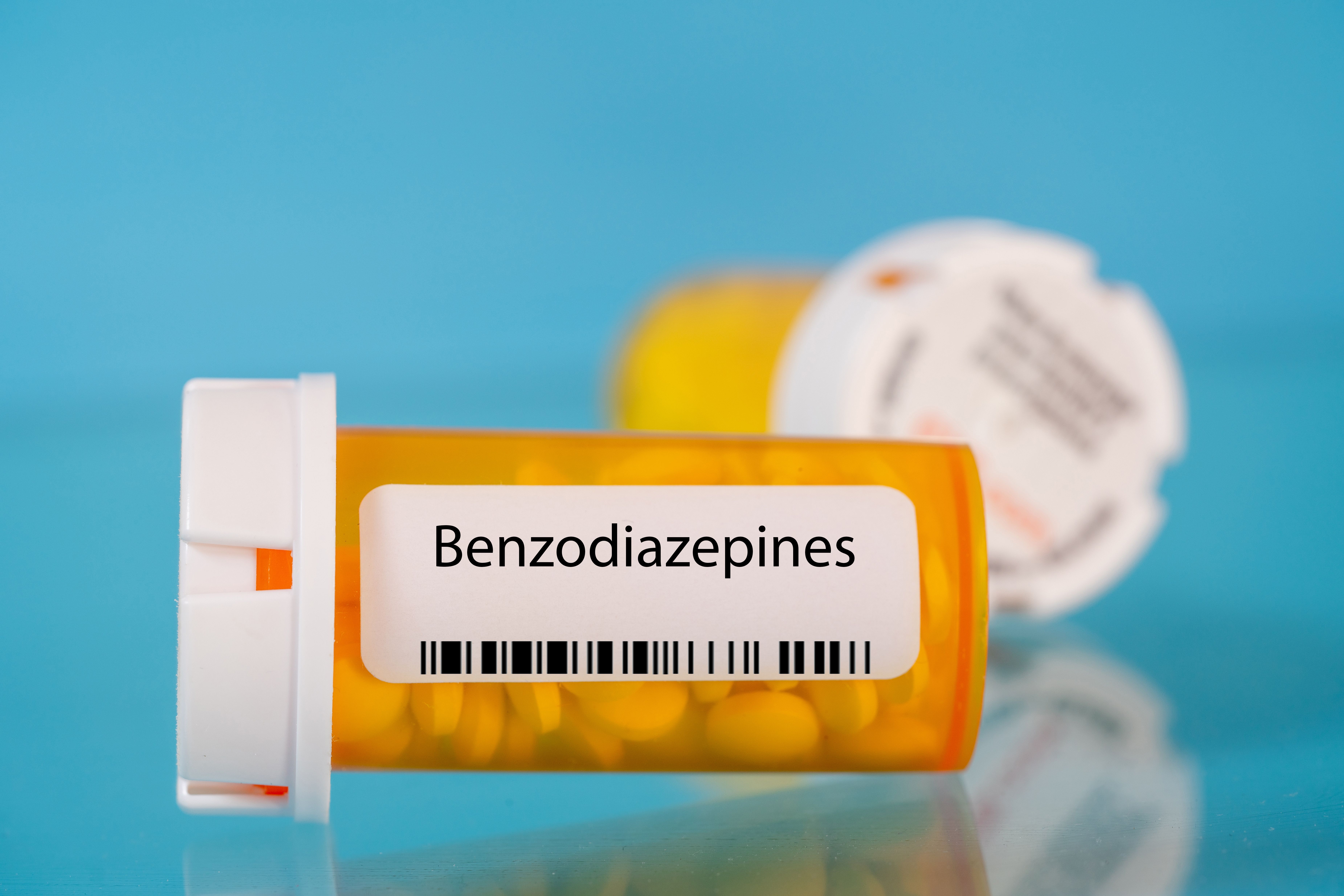Article
Adjunctive Low-Dose Lithium: The LiTMUS Trial
Author(s):
Can lithium pass the LiTMUS test?
©BudnichenkoOksana/ Shutterstock

RESEARCH UPDATE
In academic circles, there’s a joke about what “evidence-based medicine” really means: “If the study agrees with your position, then cite it; if it disagrees with your position, then quibble with its design.” More than a grain of truth is represented there, reminding us that strongly held beliefs are resistant to contrary evidence. So may I admit: the important, well-designed, multicenter Lithium Treatment Moderate-Dose Use Study (LiTMUS) does not support my strongly held beliefs.1 So let’s give it a close look. I’ll try not to quibble.
In this study, 283 patients with bipolar I or bipolar II disorder received “Optimized Personal Treatment” (OPT) from expert bipolar psychopharmacologists in 6 academic centers. They followed evidence-based strategies largely based on the Texas Medication Algorithm Project (TMAP).2 In addition, half the patients were randomized to also receive lithium carbonate (600 mg daily for the first 2 months, then adjusted as warranted during the following 4 months). I called this approach “low-dose lithium” in a recent article in Psychiatric Times.
To be enrolled, patients had to be experiencing symptoms sufficient to warrant a change in treatment, but otherwise there were few exclusion criteria. This study design illustrates a recent trend toward designing trials that are more generalizable (the results are more likely to apply to your patient) and clinically meaningful (eg, the study went on for 6 months, a more realistic time frame over which to evaluate a result).
The results: there was no difference in clinical improvement when low-dose lithium was added to expert pharmacologic management of patients with bipolar I and bipolar II disorder. But patients who were taking lithium were significantly less likely to receive an antipsychotic, while achieving these equivalent outcomes.
If you’re not familiar with the TMAP algorithm, have a look at the 2005 update (eg, see Figures 1 and 2, pages 7 and 8 in this online version). There is an emphasis on mood stabilizers (eg, lamotrigine, divalproex), but atypical antipsychotics are allowed even at very early stages of treatment for both hypomania/mania and depression.
Lithium comes late in the depression algorithm, so being randomized to the lithium arm in LiTMUS meant getting lithium much sooner than patients would otherwise. In the mania algorithm, lithium is a stage 1 option, but there are many alternatives. Getting randomized to the lithium arm meant getting lithium in addition to one of those alternatives.
But despite this augmentation, patients’ clinically rated improvement was no better than with OPT alone. Perhaps this means that if one is going to bother with lithium, more than low or medium doses will be needed. As the authors conclude: “We could interpret the results of LiTMUS as simple confirmation that higher dosages and blood levels of lithium plus OPT would be required for efficacy beyond OPT alone.”1
Interestingly, there was no relationship between lithium blood level and outcome: depression and mania scales (Montgomery-Asberg Depression Rating Scale and Young Mania Rating Scale, respectively). Those patients whose levels were less than 0.4 mEq/L improved just as much as those whose levels were 0.4 to 0.9 mEq/L.
Unfortunately, only about one-quarter of all the patients in this study reached predefined “remission” after 6 months of treatment. These were not easy bipolar II disorder patients (eg, responsive to lamotrigine monotherapy).
But these harder patients are the very ones for whom I often turn to low-dose lithium, with what I’d thought were frequently very good results. How to reconcile the LiTMUS results and my experience?
First, I must consider the possibility that my belief in lithium has biased my observations (eg, over-recognizing improvement on lithium, overinclination to attribute improvement to lithium, or selectively remembering improving cases and forgetting those that didn’t).
Otherwise, I have to look for design features of the study that might account for the mismatch between their results and mine. In this study, there’s not much to quibble with. Perhaps they’d not have had 21% of patients bail out of lithium treatment if the dose was titrated to 600 mg rather than starting out with that dose.
Nevertheless, even though lithium plus OPT was not better than OPT alone, patients in the lithium arm were 23% less likely to receive a second-generation antipsychotic. As I noted in my recent article in Psychiatric Times, low-dose lithium (eg, blood levels below 0.8 mEq/L) has a much lower risk profile than full-dose lithium or second-generation antipsychotics. Is it worth adding lithium (and the oft-needed thyroxine) to lower the odds of needing an atypical?
Disclosures:
Dr Phelps is Director of the Mood Disorders Program at Samaritan Mental Health in Corvallis, Ore. He is the Bipolar Disorder Section Editor for Psychiatric Times. Dr Phelps stopped accepting honoraria from pharmaceutical companies in 2008 but receives honoraria from McGraw-Hill and W.W. Norton & Co. for his books on bipolar disorders.
References:
1. Nierenberg AA, Friedman ES, Bowden CL, et al. Lithium treatment moderate-dose use study (LiTMUS) for bipolar disorder: a randomized comparative effectiveness trial of optimized personalized treatment with and without lithium. Am J Psychiatry. 2013;170:102-110.
2. Suppes T, Dennehy EB, Hirschfeld RM, et al, for the Texas Consensus Conference Panel on Medication Treatment of Bipolar Disorder. The Texas implementation of medication algorithms: update to the algorithms for treatment of bipolar I disorder. J Clin Psychiatry. 2005;66:870-886.






